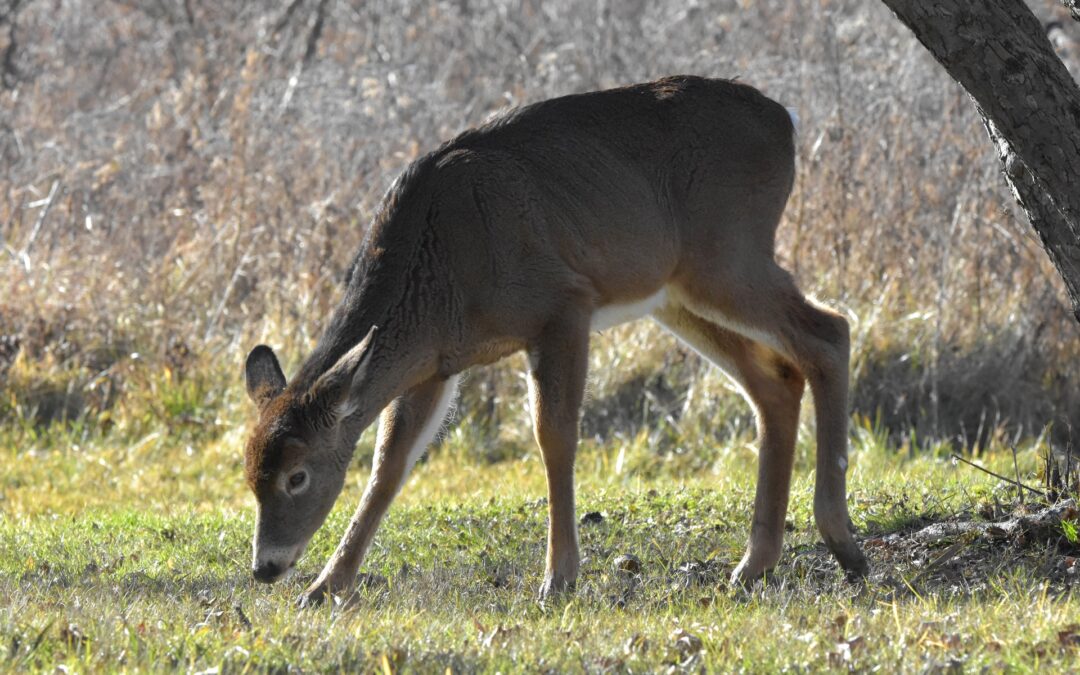Whitetail Enjoy High-Protein Crops
The best deer food plots have high-protein crops, such as soybeans, turnips, peas, alfalfa, and kale. Deer also enjoy the nutritious nuts that come from chestnuts and acorns. Wheat and oats are among the fastest germinating plot plants available. While deer love soybeans, there is no magic crop that will always best meet your deer’s needs throughout the year. Diversity works best.
Clover is by far one of the simplest food plot types to establish and maintain. It is also one of the most popular species to add into mixes, place into standalone plots, or toss into other larger food plots. Popular cover crops (planted to cover the soil rather than to be harvested) include cereal rye, crimson clover, and oilseed radish. Familiar small grain crops, like winter wheat and barley, can also be planted as cover crops.
The end of July and early August is the best time of the year to plant a food plot. It is a time when weeds are dying, and moisture is on the increase.
Making a Food Plot in the Woods
To make a food plot in the woods, you need three items – a backpack leaf blower or a rake, seeds, and fertilizer. When you arrive at the ideal spot, blow the leaves away or rake the leaves to expose the ground in about a 20×20 circle. Then spread five pounds of the seed on the ground. Finally, add fertilizer and top it off with some green forage. Two to three weeks later when the deer can’t find anything else to eat elsewhere, they will find your food plot.
Don’t hang your tree stand right on top of your new hidey-hole food plot. Hang your tree stand 20 to 40 feet away for best results.
Feeding Suburban Wildlife Can Be Harmful
If you live in a sparsely populated suburban area, you may be tempted to feed visiting wildlife. Here are four reasons to resist the temptation:
- The digestive systems of deer are admirably adapted to handle natural forage. Although they will eat feed that humans provide, carbohydrate-rich foods like fruit, grains, and corn is not normally part of their natural diet, especially during winter, and can cause serious health problems.
- The high amount of sugars in fruit, grain, and corn rapidly ferment in the stomach, causing an over-production of acid and damage to the deer’s stomach lining.
- Feeding urban and suburban deer can increase negative human-wildlife interactions and result in unintended consequences for the animal and your community.
- Supplemental feeding may attract carnivores, such as bears, cougars, and coyotes that may prey upon wild animals using a feed site. It also may attract nearby pets or farm animals.
The more you know, the better hunter you will become. For more facts and tips about whitetail
deer visit our website at https://oakcreekwhitetailranch.com/.


Recent Comments